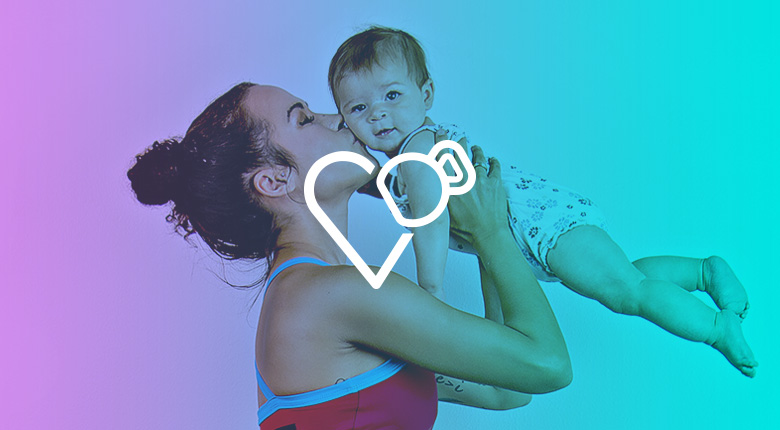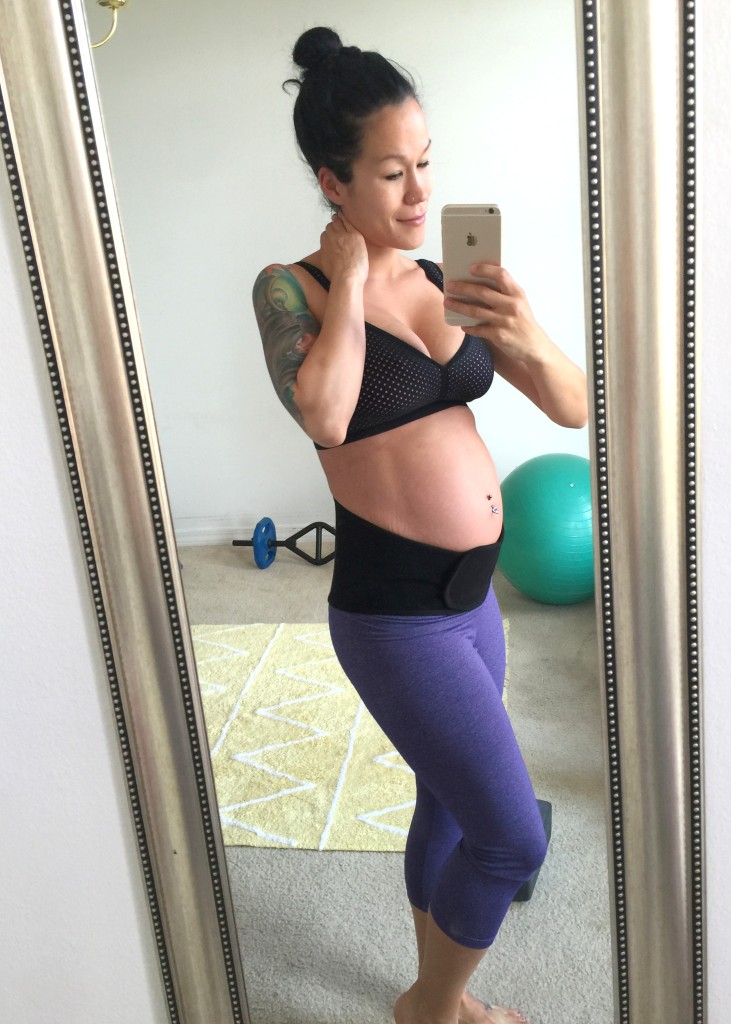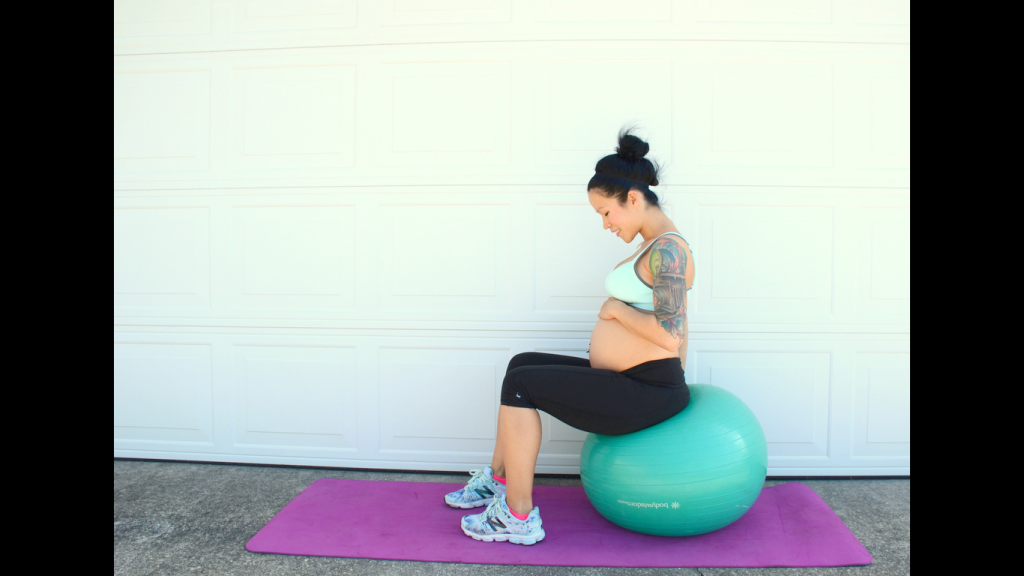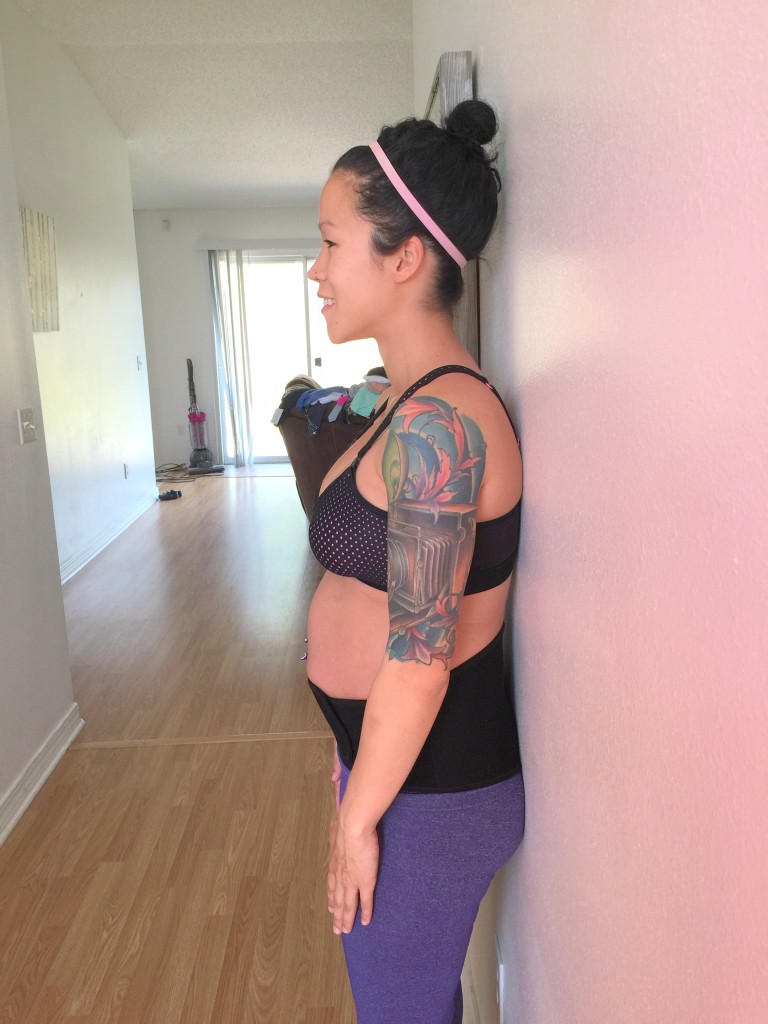
How to Deal with SPD in Pregnancy {When Your Pelvis is Literally Tearing Apart}
My last pregnancy seemed like a breeze. After all, I had lots of time on my hands and wasn’t busy chasing around a 2 year old amidst being 8 months pregnant. This time around, things are very much different. I remember when my last due date approached, I would cry and cry because I loved being pregnant.. and this time I am crying and crying because I cannot wait to get back to my non-pregnant self. So, what gives?
Obviously, adding a toddler or other kids to the mix is a gamechanger. I mean, you probably had less to do with your first pregnancy and could relax a little bit more, am I right?
It’s not just the business this time around though-it’s being in more pain-an unusual pain that I did not feel too much of during my first pregnancy. I started having these pelvic pains around 25 weeks or so, but I passed them off as just pregnancy woes. However, it started getting worse. Simple tasks of daily living which used to be easy peasy such as putting on pants, getting out of the car, or rolling out of the bed were now unbearable to do. I couldn’t turn in bed without feeling like my legs were being split apart-what the hell? So, I did some research. Lo and behold, I had Symphysis Pubic Dysfunction or SPD.

What’s Symphysis Pubic Dysfunction? It’s a semi-common condition during pregnancy in which the hormone Relaxin (that’s responsible for relaxing all of your joints & ligaments in your pelvis to prepare your body for baby’s birth) get a little too loosey goosey too soon before it’s time. This, in turn, can make the pelvic joint — aka the symphysis pubis — unstable, causing some pretty strange sensations and sometimes pelvic pain. You usually see it in 1/300 pregnant ladies, but it’s more common with the more pregnancies that you have because your body is like “OH! I have been through this before so I know exactly what to do.”

What are the risk factors?
- Have had SPD in a previous pregnancy.
- History of multiple pregnancies.
- Have a history of hip or back pain.
- Have a physically demanding job or lifestyle or stay very active.
- Started your periods before you were 11
- Are overweight.
- Fetal position and weight of baby.
- Poor posture.
What are the symptoms of SPD? The most common symptom of SPD is a sharp pain in your pelvis when walking, climbing stairs, turning in bed, standing on one leg, and certain exercises. The pain can be in your frontal pelvis and radiate throughout your perineum and even towards your upper thighs and buttocks. You will know the pain-trust me. It does not feel normal and sometimes even a clicking sound can be heard.
There are a few degrees of severity when it comes to SPD during pregnancy-I have a very light case that makes some activities painful and annoying while some ladies actually end up in a wheelchair because their pelvis is too unstable to walk. However, for minor cases, your body will return back to normal soon after delivery once Relaxin starts depleting from your system.
I know you are probably wondering how my SPD has affected my workouts and to be completely honest, since my case is mild, it has not affected much at all. I am still able to run and lift weights. However, I now avoid any move that splits my thighs too far apart such as sumo or wide stanced squats. Walking lunges are also hurting sometimes a bit so I have been limiting those.
What can you do to relieve the pain? Here are 4 things that have helped me:
1.Wear a pelvic support belt made for pregnancy. I’ve talked about wearing my support belt tons during this pregnancy and even listed it as one of my top 4 pregnancy MUST HAVES. It helps with a lot of things, but I had no idea that it helped with SPD too. So, I strapped mine back on and started wearing it again religiously. The best support belt I have found is made by Belly Bandit and it is called the Upsie Belly. It has helped to keep my pelvis aligned as well as lifting my heavy belly off of my bladder which relieves incontienece and low back pain. I wear this thing when I am working out or running. Use code SIA15 for 15% off ALL Belly Bandit goodies.
2.Do your Kegels, & Pelvic Tilts. Doing these exercises (that I am sure you are probably sick of hearing about) are very important. Why? They strengthen the pelvic floor. Y’all-pregnancy takes a TOLL on your pelvic floor. I was able to skip my way through my first pregnancy without doing them and I certainly paid the price! So now, I am sure to do them daily!
I would make a video of myself doing Kegels but you wouldn’t be able to see anything haha. Basically, to do a kegel exercise, you squeeze the same muscles that you use to hold it when you really gotta pee and you hold that squeeze for 10 seconds and repeat several times per day. You can do them sitting down, lying on your back, lying on your tummy-whatever is most comfy for you! I like to sit on my exercise ball and do them.
As for the Pelvic Tilt, I find it easiest to do correctly when standing up against the wall because the wall helps me gauge how far I need to tilt. You stand up straight against a wall-there will be a curve in your back naturally from pregnancy. You tilt your pelvic forward and try to touch the small of your back to the wall. You can hold for 1-3 seconds and release. Repeat this several times per day.
Here’s a short video that I made on how to do your pelvic tilts up against a wall:
3.Avoid known triggers. My triggers are rolling in bed, getting out of the car, and standing on one leg to put on my pants. Obviously those are hard to avoid, but what you SHOULD do is avoid how you do them. My chiropractor recommended keeping my knees together while getting in/out of the car and turning in bed since this helps to keep the pelvis aligned. When putting on pants, she recommended that I sit down instead of standing. All of these recommendations have helped to make the pain a lot better. As for exercises, my chiropractor recommended staying away from wide-stance squats and instead doing narrow base squats. This has helped a lot as well.
4.Seek help. Talk to your doctor and tell them what’s up! I have also been seeing a chiropractor regularly for adjustments and to help me build back my pelvic strength before I deliver. It has helped to keep my pelvis aligned which has worked wonders for my body.
Additional Tips:
- use pillows to support your lower back when sitting
- stop wearing high heels
- use ice packs
- lay on your side instead of your back
- never cross one leg over the other when sitting
- avoid jumping or jarring activities
- avoid bike riding
- avoid stairs if possible
- sit on your fitness ball for relief
One more trick for dealing with SPD or pelvic pain in general during pregnancy is to sit down, ball up your fist, and place that fist between your knees. Then you can squeeze both knees towards the fist and hold for about 10 seconds. This exercise will help to strengthen all of the muscles between your legs-yup, including the pelvic floor!
Your trainer and friend,








